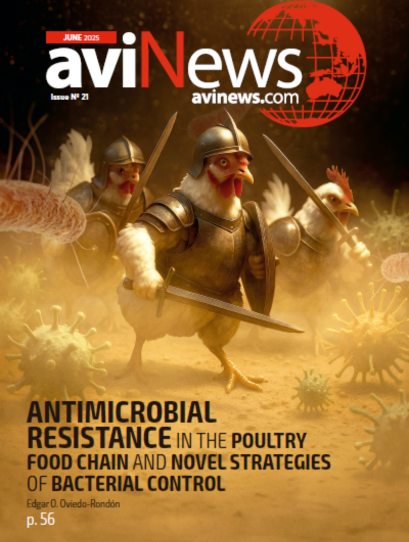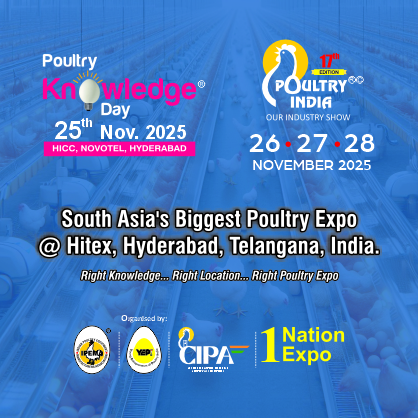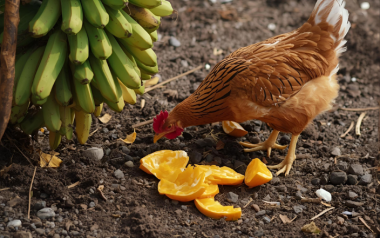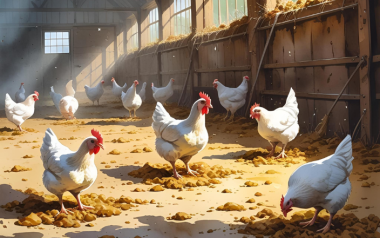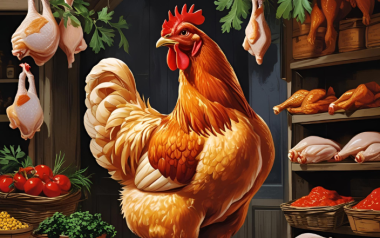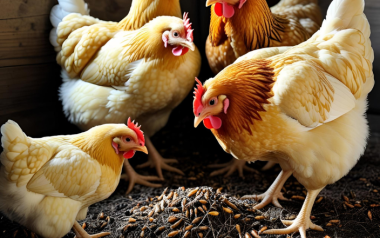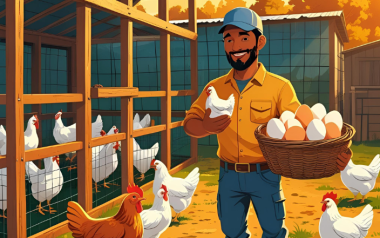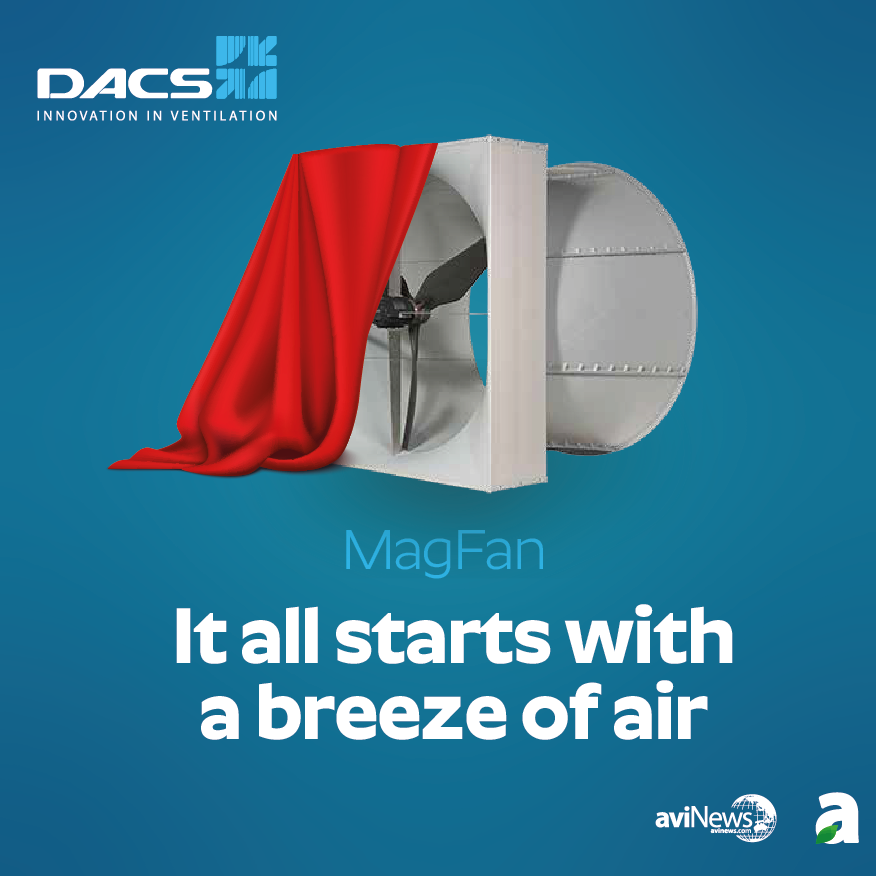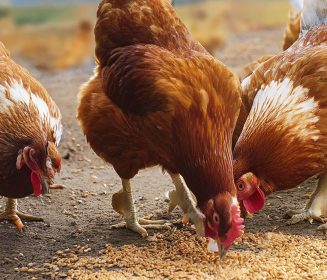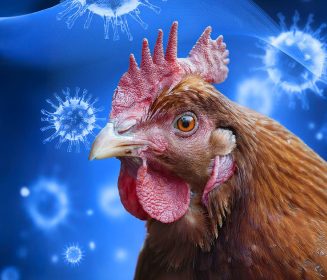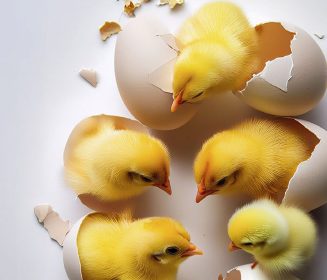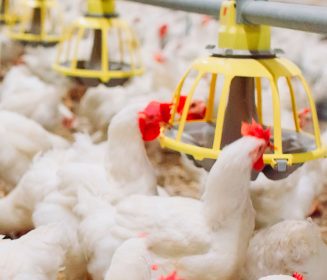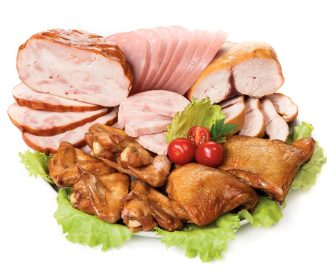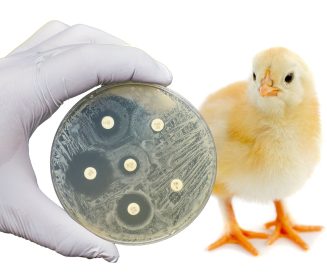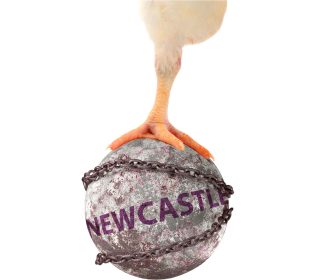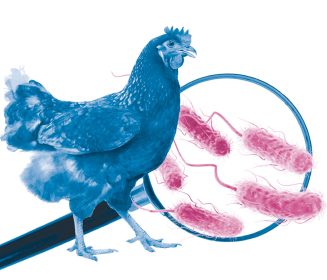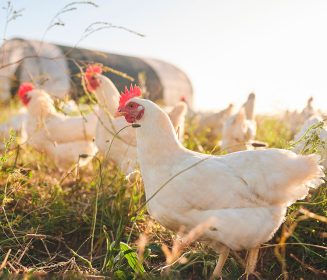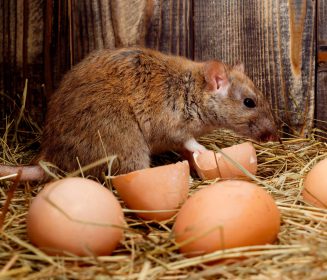Sources: Available upon request
15 Aug 2025
Transforming poultry droppings into protein-rich feed
In the quest for sustainable agriculture and waste reduction, scientists and farmers are exploring innovative ways to repurpose poultry droppings.
In the quest for sustainable agriculture and waste reduction, scientists and farmers are exploring innovative ways to repurpose poultry droppings. One promising approach involves converting these nutrient-rich wastes into high-protein animal feed using probiotics—a method that not only reduces environmental pollution but also enhances livestock nutrition.
- Poultry droppings are rich in nitrogen, phosphorus, and organic matter, making them a valuable resource if properly treated.
- Traditionally, these wastes have been used as fertilizers, but their potential as a feed ingredient has gained attention due to rising feed costs and the need for alternative protein sources.
- However, raw poultry manure contains pathogens and harmful compounds, making it unsuitable for direct consumption by animals.
This is where probiotics come into play. Probiotics are beneficial microorganisms that, when introduced into poultry droppings, initiate a fermentation process. This process breaks down complex organic materials, neutralizes toxins, and suppresses pathogenic bacteria. The result is a safer, nutrient-dense product that can be used as feed for livestock such as pigs, fish, and even poultry.
- The fermentation process typically involves mixing poultry droppings with carbohydrate-rich materials like rice bran or cornmeal, followed by inoculation with probiotic strains such as Lactobacillus, Bacillus subtilis, or Saccharomyces cerevisiae.
- Over several days, these microbes digest the waste, increase protein content, and improve the feed’s palatability and digestibility.
Studies have shown that fermented poultry manure can contain up to 25–30% crude protein, comparable to conventional feed ingredients like soybean meal. Additionally, the probiotics enhance gut health in animals, leading to better growth performance and immunity. This method also significantly reduces the odor and volume of waste, contributing to cleaner farm environments.
Despite its benefits, the adoption of probiotic-treated poultry manure as feed faces challenges. Regulatory approval, standardization of fermentation protocols, and farmer education are crucial for widespread implementation. Moreover, ensuring the safety and consistency of the final product is essential to prevent health risks.
In conclusion, turning poultry droppings into high-protein feed using probiotics represents a sustainable and cost-effective solution for modern agriculture. It aligns with circular economy principles by transforming waste into valuable resources, reducing reliance on conventional feedstocks, and promoting environmental stewardship. With continued research and support, this innovative practice could revolutionize waste management and animal nutrition in the poultry industry.

